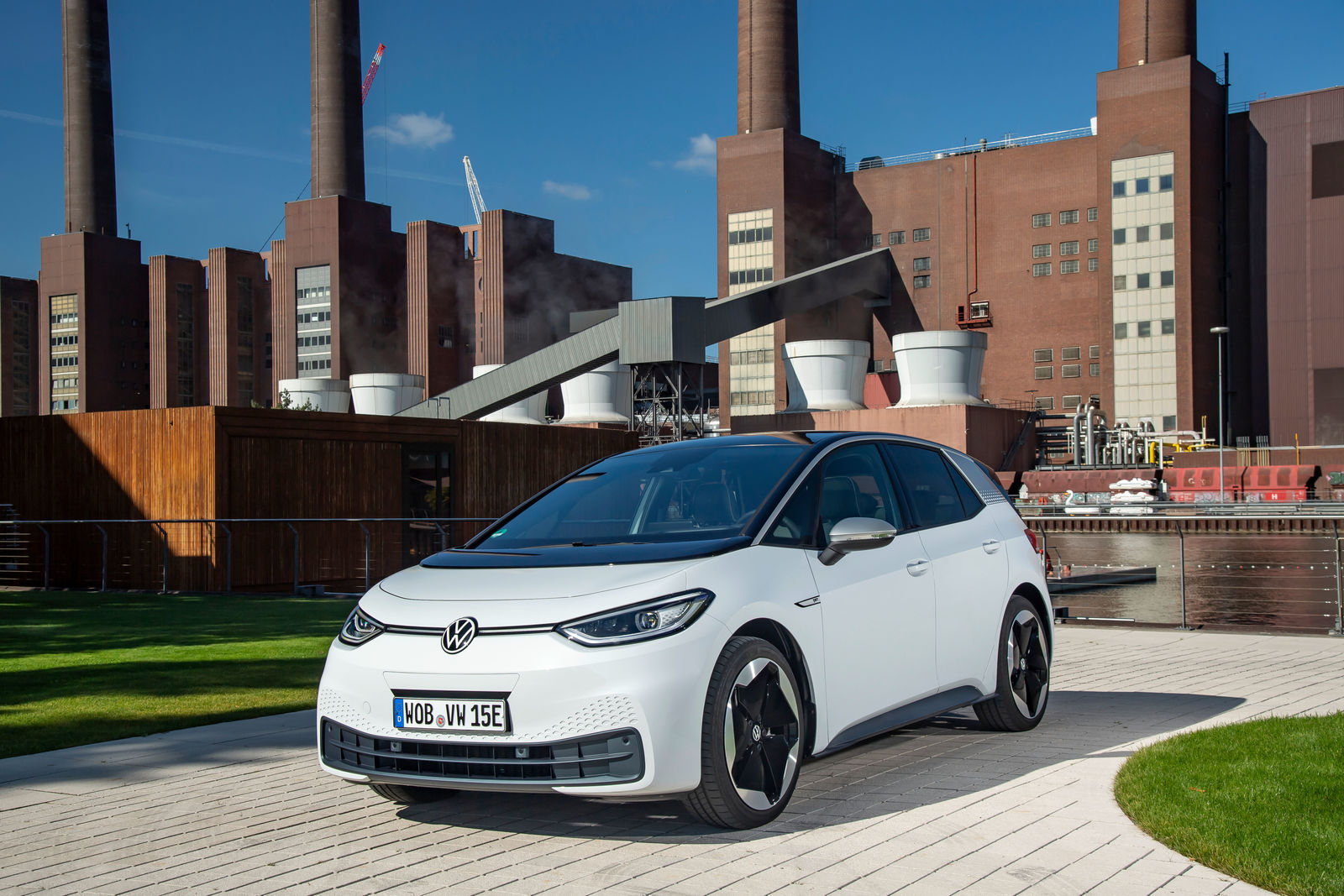Is the electric car really more climate-friendly than a new car with a modern combustion engine? Hardly any issue is discussed as passionately as this one, from talk shows to bar stools. At least one thing is certain: if an electric car is charged with green electricity, it does not produce any climate-damaging carbon dioxide emissions during operation. But the carbon footprint of an electric car doesn’t just start when the proud new owner presses the start button for the first time. This footprint already starts in the manufacturing process.
With energy efficiency and the use of green electricity, Volkswagen is therefore systematically reducing CO2 emissions in production. Only the carbon dioxide that the manufacturer and its suppliers are not yet able to avoid during production is subsequently offset – for example with certified climate protection projects in the Indonesian rainforest. In this way, the Volkswagen brand is already able to deliver the Volkswagen ID.3 and ID.4 to customers with a neutral carbon footprint.
For the calculation to work out completely, all the values have to be right. It is crucial to provide the production of each component with a serious CO2 value. Volkswagen also goes through all the components of a car step-by-step to reduce their climate impact during production. The experts start with the parts whose production emits particularly high levels of CO2: the battery system, steel and aluminum.
Dr. Marko Gernuks, Dr. Georg Bäuml, Dr. Maximilian Schüler, Dr, Tobias Lösche-ter Horst, Dr. Lars Hofmann and Dr. Philipp Halubek – all of them employees from Volkswagen’s Technical Development department – have described here exactly how Volkswagen is implementing this. They came to a clear conclusion: an electric car in Europe is already significantly more climate-friendly than a combustion engine over its entire life cycle. This should also be of interest to the talk shows and the regulars sat on their bar stools.
